Apple looks towards structural bonding for thinner, lighter notebooks
In keeping up with the trend towards thinner and lighter notebook models, Apple in a recent filing discloses methods for improving enclosure designs through parts that are structurally and electrically bonded together during the manufacturing process.
Lighter enclosures that use thinner plastic structures and less fasteners also exist, according to Apple, but they tend to be more flexible and therefore they have a greater propensity to buckle and bow than those having thicker, heavy mechanical assemblies.
"Unfortunately, increased weight may lead to user dissatisfaction, and bowing may damage the internal parts of the portable computer," the company wrote in the filing.
Apple also notes that as the power and sophistication of integrated notebook circuits have increased, so has the level of electromagnetic interference. In order to prevent interference, PC manufacturers often shielded enclosures with an electrically conductive material to block the emission of electromagnetic radiation, which also leads to more weighty and bulky designs.
"Although current enclosure designs work well," said Apple, "in many instances it would be desirable to provide enclosures that are thinner, lighter, stronger and aesthetically more pleasing than current enclosure designs."
Specifically, the Cupertino-based firm's patent proposal covers an enclosure having at least two unique parts that are structurally bonded together to form a singular composite structure with structural glue, or an enclosure having at least two unique parts that are electrically bonded together to form a singular integrated conductive member.
The methods are particularly useful in the notebook space, according to the company, because it will allow manufacturers to build tiny enclosures around a tightly knit set of internal components, instead of having to maneuver those parts into pre-formed casings or use heavy fasteners to accomplish the same task.
For example, the filing calls for the use of a compliant structural adhesive (glue) that is compliant when dispensed and then cures to a rigid structure over time. The glue would transform between a liquid state, exhibiting its compliant attributes, and a solid state, exhibiting its structural attributes.
"In the liquid state, the glue exhibits a readiness to flow and a relatively high incompressibility that allows it to fill the gap (whether small or large)," the filing states. "In the solid state, the glue exhibits rigidity and a relatively high resistance to movement that allows it to maintain the width of gap chosen during the liquid state, and to form a singular composite structure."
By way of example, Apple said the glue may be applied between a notebook's top frame and the top plate in bead form (liquid state), and after a set time, the glue may harden thus forming a rigid structure that attaches the top frame to the top plate (solid state).
"Generally speaking, the adhesive offers a dynamic way to place multiple parts in desired positions relative to one another and a static way to fix the multiple parts together," the company explained. "In one implementation, the glue is a two-part catalytic epoxy that forms a strong structural bond between the plastic top frame and the metal top plate [and can be] used to structurally attach the carbon fiber top frame to the titanium top plate."
In another aspect of the invention, the conductive bridge is electrically bonded to a portion of the conductive layer and to a portion of the top plate. The binding nature of the conductive bridge would be arranged to form a singular electrical structure, including the conductive layer and the top plate, for shielding the top case from electronic emissions.
In most cases, Apple said the conductive bridge would be arranged to seal a gap formed between the recessed portion of the top plate and the conductive layer of the top frame. The conductive bridge could be formed from a conductive paste that exhibits good electrical characteristics and good adhesion between the conductive layer and the top plate.
"In one embodiment, the conductive paste is a metal filled electrically conductive ink that forms a strong electrical bond between the plated top frame and the metal top plate. In general, the electrically conductive ink is a solvent-based material that includes a metal filler and a carrier medium for carrying the metal filler. In most cases, the carrier medium is acetate," according to the filing. "During several experiments, it was found that a nickel filled electrically conductive ink formed an exceptionally strong electrically bond between the Nickel-Copper plated conductive layer and the titanium top plate."
The continued work by Apple on the patent proposal, titled simply "Computer enclosure," comes amid reports that the company plans to introduce later this year its thinnest and lightest Intel-based notebook yet (see Apple to re-enter sub-notebook market).
The filing is credited to Michael Kriege, Dan Hong, John DiFonzo, Stephen Zadesky, David Lynch, David Lundgren, and Nick Merz.
 Prince McLean
Prince McLean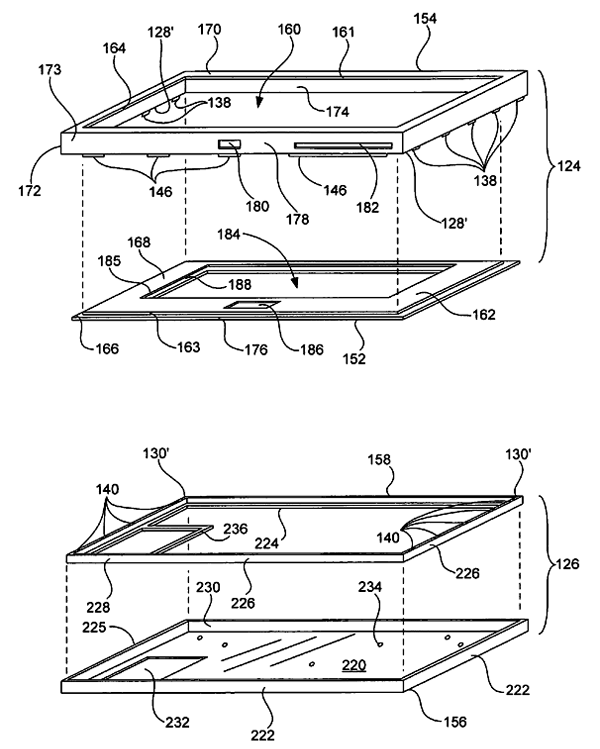
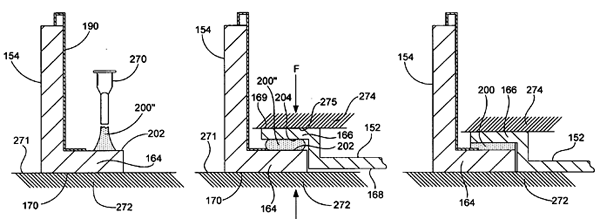
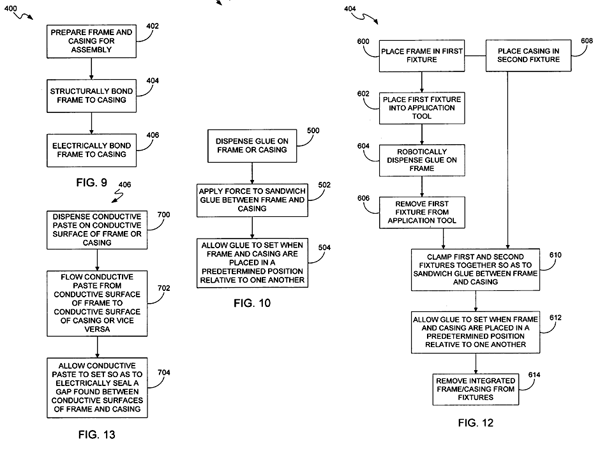


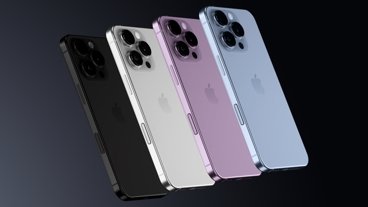
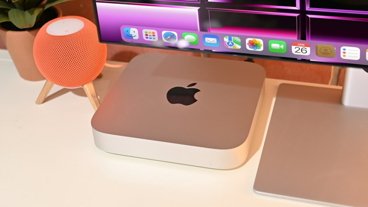







 Andrew Orr
Andrew Orr
 Marko Zivkovic
Marko Zivkovic
 Malcolm Owen
Malcolm Owen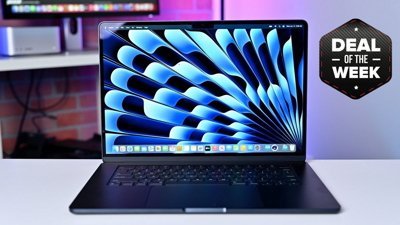
 Christine McKee
Christine McKee
 William Gallagher
William Gallagher
 Andrew O'Hara
Andrew O'Hara

 Sponsored Content
Sponsored Content







